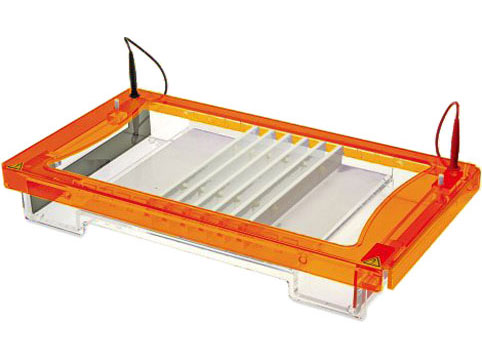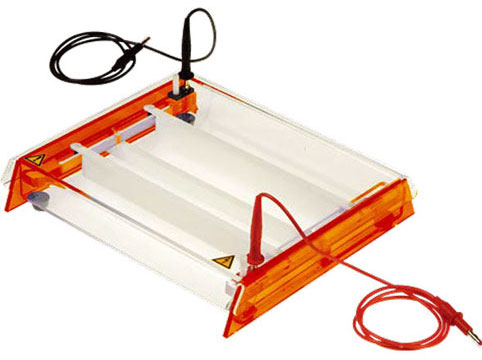Gel electrophoresis is a fundamental technique used in molecular biology and biochemistry laboratories for separating macromolecules like DNA, RNA, and proteins based on their size and charge. Among the different types of gel electrophoresis systems available, the Maxi Horizontal Gel Electrophoresis System stands out for its efficiency, reliability, and user-friendly design.
What are Gel Electrophoresis Systems
Gel electrophoresis is a laboratory technique used to separate and analyze macromolecules such as DNA, RNA, and proteins based on their size and charge. This process involves applying an electric field to a gel matrix, causing charged molecules to migrate through the gel at different rates, depending on their size and charge.
What are Horizontal Gel Electrophoresis Systems
Horizontal gel electrophoresis is a common method used for separating nucleic acids and proteins. In this setup, the gel is cast in a horizontal orientation, allowing for easy loading of samples into wells.
Key components and features
These systems typically consist of a horizontal gel tank, gel casting tray, comb, power supply, and safety lid. The gel tank provides a stable platform for pouring and running the gel, while the gel casting tray and comb are used to create wells for loading samples. The power supply generates the electric field necessary for the movement of molecules through the gel matrix, while the safety lid ensures user protection during operation.
One of the distinguishing features of Maxi Horizontal Gel Electrophoresis Systems is their ability to accommodate larger gel sizes, ranging from 20 cm to 40 cm in length, depending on the model. This extended gel length allows for the separation of DNA fragments or proteins with higher resolution, making them ideal for applications such as restriction mapping, Southern blotting, and protein purification.

Benefits of Maxi Horizontal Gel Electrophoresis Systems
The main benefit of Maxi Horizontal Gel Electrophoresis Systems is their versatility and scalability. They can accommodate a wide range of sample sizes and volumes, making them suitable for both routine laboratory procedures and large-scale research projects. Additionally, their longer gel length and higher capacity allow for increased sample throughput and improved separation efficiency compared to traditional gel electrophoresis systems.
Furthermore, Maxi Horizontal Gel Electrophoresis Systems offer enhanced safety features, such as leak-proof gel casting trays and built-in power supply protection, minimizing the risk of accidents during operation. Their ergonomic design and user-friendly interface also make them easy to set up and operate, even for inexperienced users.
Applications in Research and Biotechnology
Maxi Horizontal Gel Electrophoresis Systems find extensive applications in molecular biology, genetics, forensics, and biotechnology. They are commonly used for:
DNA and RNA analysis
- Size fractionation of genomic DNA
- Separation of PCR products
- Northern and Southern blotting
- RNA electrophoresis and quantification
Protein separation and analysis
- SDS-PAGE for protein characterization
- Western blotting for protein detection
- Isoelectric focusing for protein purification
